The Paleo diet is popular these days, but few people know what it is or why it works. Here are the basics.
While lots of people are interested in the Paleo diet and lifestyle, many are uncertain about what it all means.
Let’s start at the beginning. This complete beginner’s guide will give you a brief history of the Paleo diet, its principles, and the proof behind it all.
Want to go Paleo? Not sure where to start?
Start with this FREE Paleo For Beginners Guide Today!
How the Paleo Diet Started
The Paleo Diet adopts the lifestyle of our ancestors in the Paleolithic era. The modern American diet is associated with chronic disease, obesity, cancer, heart disease, and so many other health problems, that we wanted to return to a simpler way of eating.
The cave people never experienced our modern convenience and while few of us would choose to return to the threats they faced, like starvation, death by exposure, and life-threatening encounters with equally hungry predatory animals, the threat of chronic disease is not much better.
While the Paleo diet traditionally means mimicking what cave people ate, it has evolved into a modern dietary protocol with a bit more wiggle room. This diet centers around optimizing digestion and gut health while reducing inflammatory processed and sugary foods.
Don’t worry – you don’t have to give up electricity and start sleeping on the floor! Modern-day Paleo is more about avoiding the packaged and fast foods that lead to the onset of chronic and deadly disease, and focusing on fresh fruits, vegetables, and ethically-raised meats instead.
How to Follow the Paleo Diet
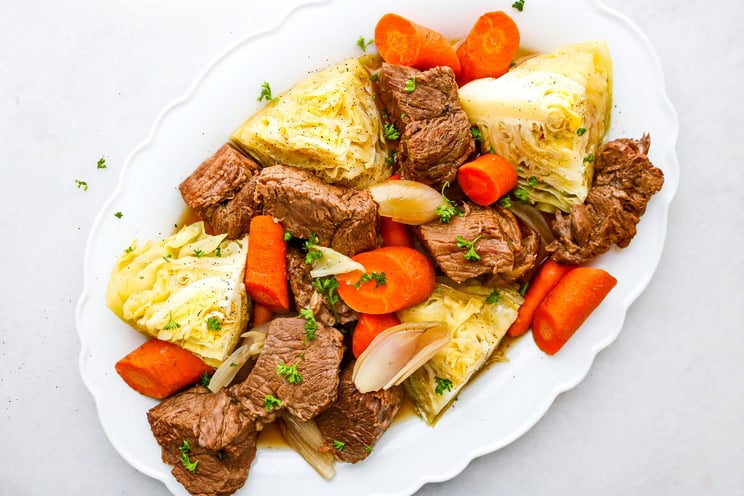
Paleo is not a fad diet or a weight loss program. While you can certainly lose weight when you go Paleo, this is a more of a happy side effect than the primary purpose.
Instead, you’ll want to focus on eating nutrient-dense, whole foods that nourish the body. Avoid foods that are inflammatory, hard to digest, or disrupt your gut bacteria. This includes modern foods that are processed, refined, and loaded with sugars, preservatives, and anything “fake”.
Paleo focuses on eating the following:
- High-quality meats. This includes organic and grass-fed beef, pastured chicken, pork, turkey, and bison, as well as organ meats and free-range eggs.
- Wild-caught seafood. Be sure it is also sustainably sourced.
- Fresh Vegetables. This includes mushrooms, but avoid corn – it’s actually a grain.
- Fresh fruit. Local and organic is always best.
- Herbs and spices. They each come with their own set of benefits.
- Healthy fats. Our favorites are coconut oil, olive oil, avocado, lard, tallow, grass-fed butter, and ghee.
- Fermented foods. Dairy-free kefir, kombucha, sauerkraut, and other fermented vegetables and fruits are great for gut health.
- Nuts and seeds. Snack on them whole or enjoy nut butters and milks.
Other essential dietary principles include:
- Limiting sugar. Yes, even Paleo forms like raw honey or maple syrup.
- Eating a variety of foods. This ensures you get a wide range of nutrients.
- Avoiding trigger foods. Find out which foods you’re sensitive or allergic to. Some people are fine with dairy, while others need to avoid eggs. Paleo is highly customizable.
While Paleo tends to be significantly lower in carbs than the Standard American Diet, it doesn’t have to be truly low carb. In fact, Paleo eaters can eat as many carbs as they need from healthy foods like sweet potatoes.
Here’s a list of the foods that Paleo avoids:
- Refined and processed foods of any kind
- Grains and seed-grains (including oats, quinoa, and buckwheat)
- Beans and legumes
- Seed and vegetable oils
- Additives and preservatives
- Artificial sweeteners
- Dairy products (in most cases)
Does Paleo Actually Work? Here’s What Research Says
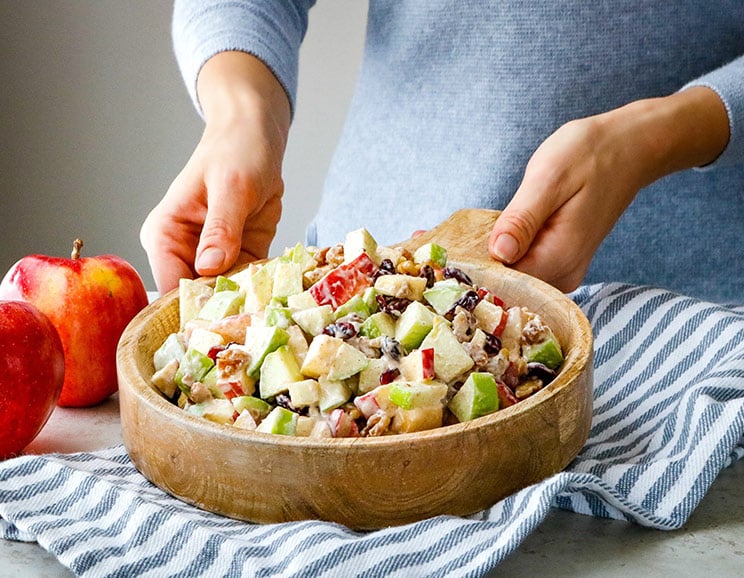
The Paleo diet is a modern way of eating that is rooted in ancient dietary wisdom. While cave people ate this way by default, modern Paleo eaters adopt the program as a way of protecting health, reversing chronic conditions, losing weight, and more.
Here are a few of the Paleo benefits proven by modern research:
- Improves glucose tolerance and insulin sensitivity (1)
- Promotes weight loss (2, 3)
- Reduces blood pressure. (4)
- Promotes cardiovascular health (5)
- Lowers triglyceride levels (6)
- Raises energy levels (7)
- Produces a more balanced appetite. (8)
- Quells inflammation (9)
- Boosts cognitive function, anxiety, and mood (10)
- Enhances liver health (11)
- Protects colon health (12)
- Reduces oxidative stress and damage in the body (13)
- Increases longevity (14)
Paleo produces such positive results because, at its core, it focuses on healthy digestion. Without the ability to both digest food and absorb its nutrients, the health of every cell in the body will suffer.
The Paleo diet also supports a healthy microbiome by focusing on foods that nourish good bacteria, while avoiding the foods that feed the bad bacteria. When gut health is compromised, it can result in diseases that throw off hormone levels.
Plus, your detox system will get a boost. Eating a primal diet nourishes the liver and colon, mostly because the added dietary fiber helps to keep the body’s elimination pathways functioning optimally.
Finally, Paleo makes sure you get all the nutrients you need for everything from balanced hormone levels to a healthy immune system.
The Bottom Line
Modern research proves that the Paleo diet can enhance your health and well-being in a multitude of ways. Whatever your health needs, Paleo is a highly customizable program that can ensure you get the nutrients you need for a long, happy life.
New to Paleo? Get all the info you need with our PaleoHacks cookbook bundle! You’ll get our original recipe book, a 30-day meal plan, an “eating at restaurants” guide, a Paleo food guide, a 4 ingredient cookbook, and a 30-day quick start guide designed for beginners. It’s a perfect way to get started on your new health journey!


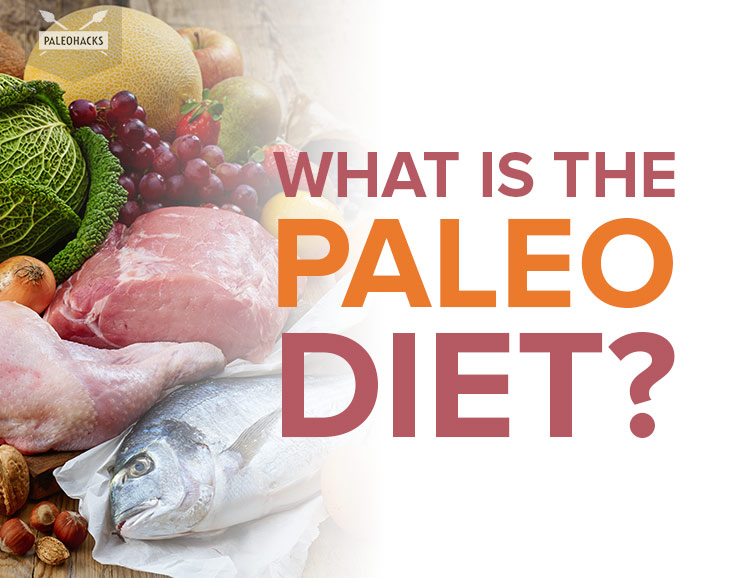
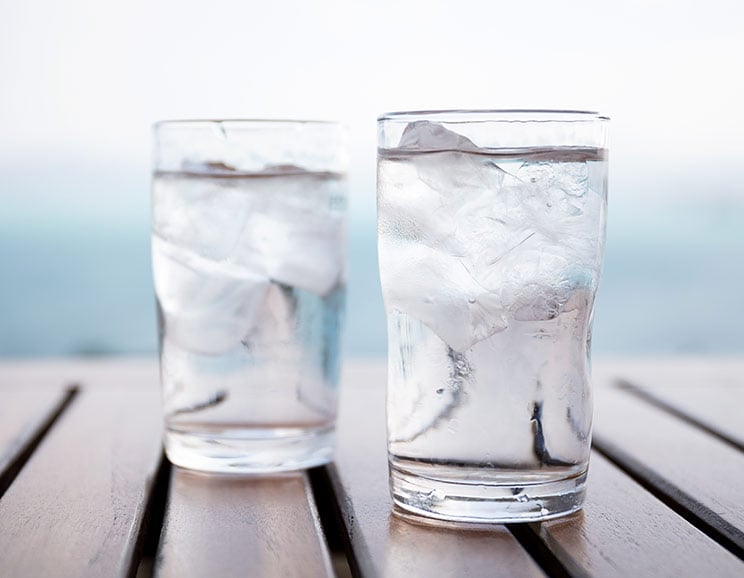 Why You Should Never Drink Cold Water
Why You Should Never Drink Cold Water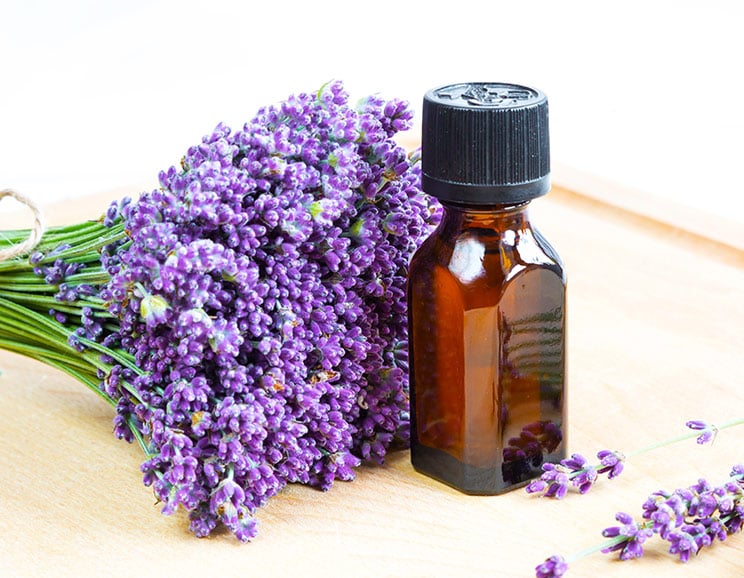

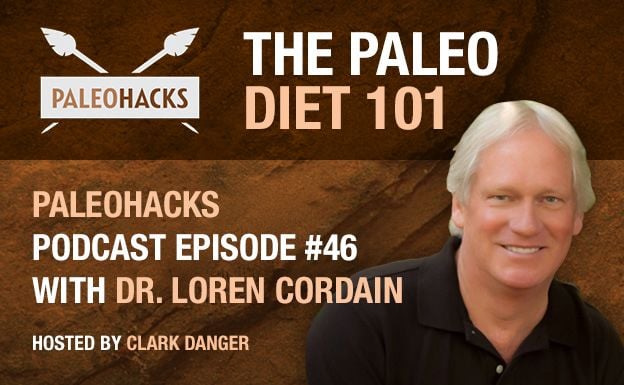

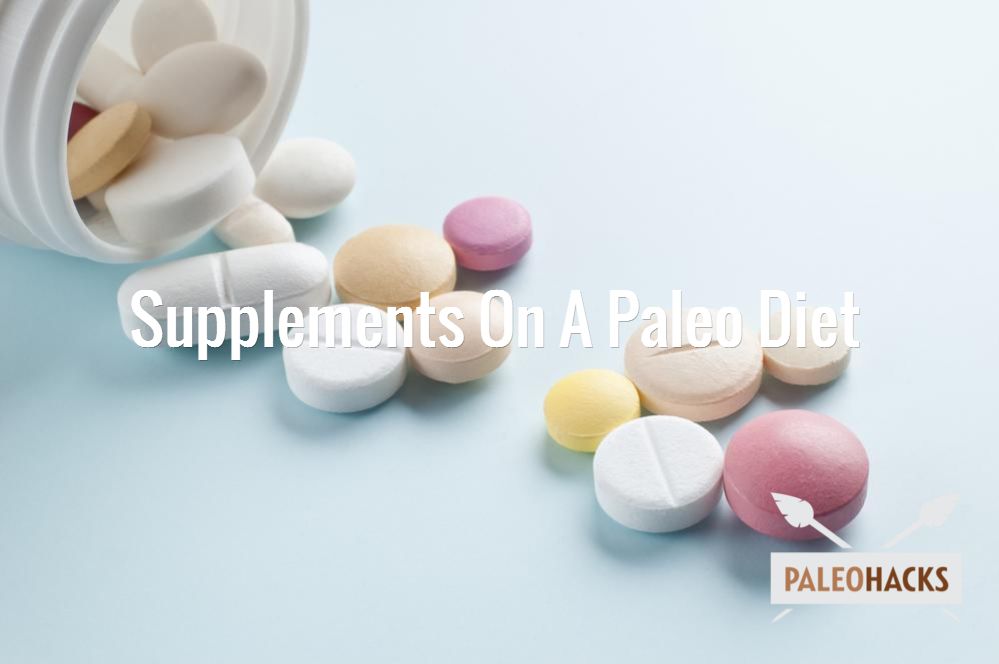
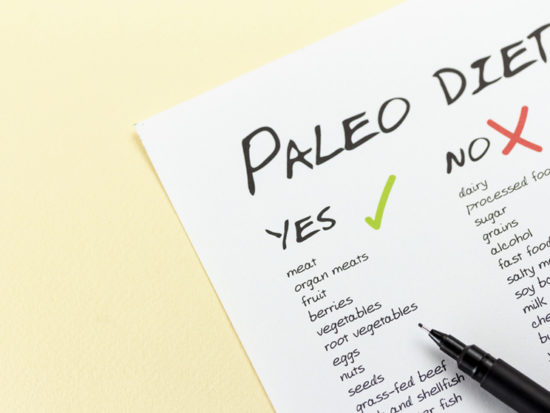

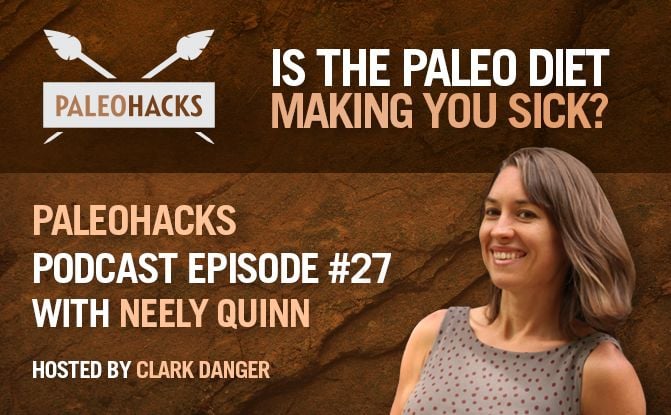
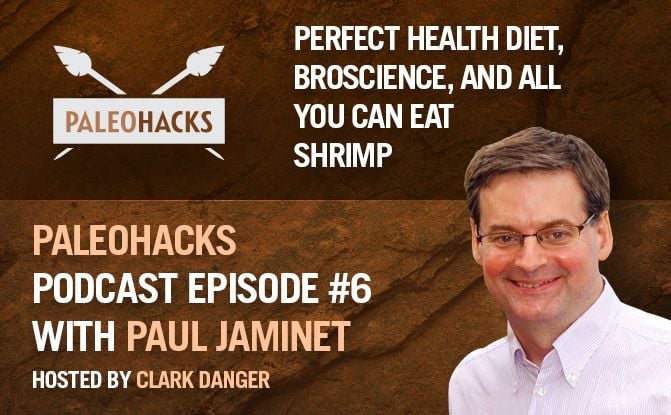

Show Comments